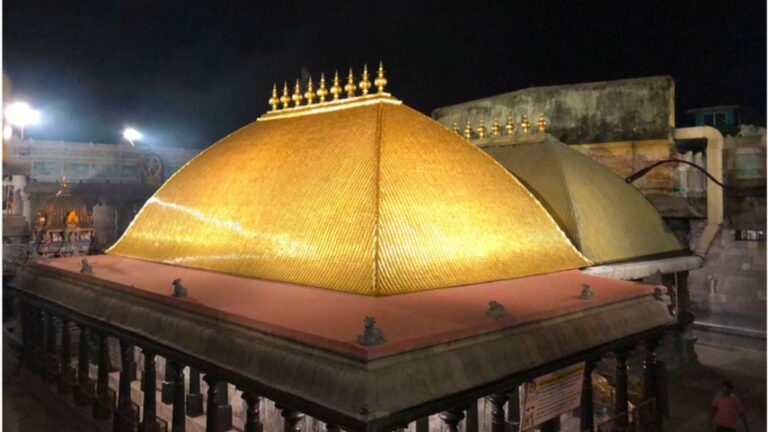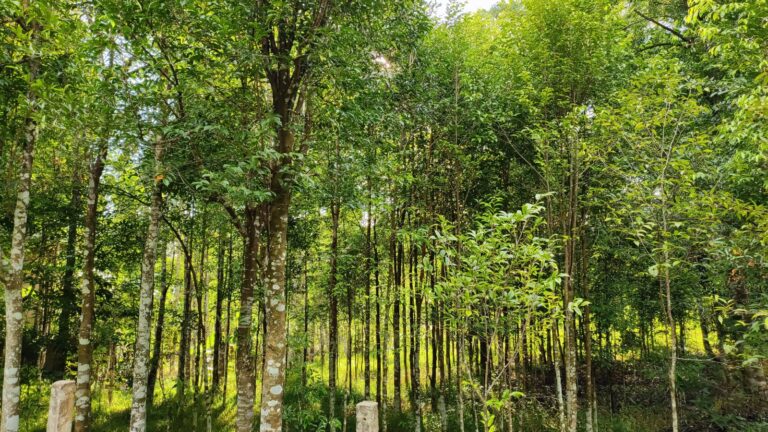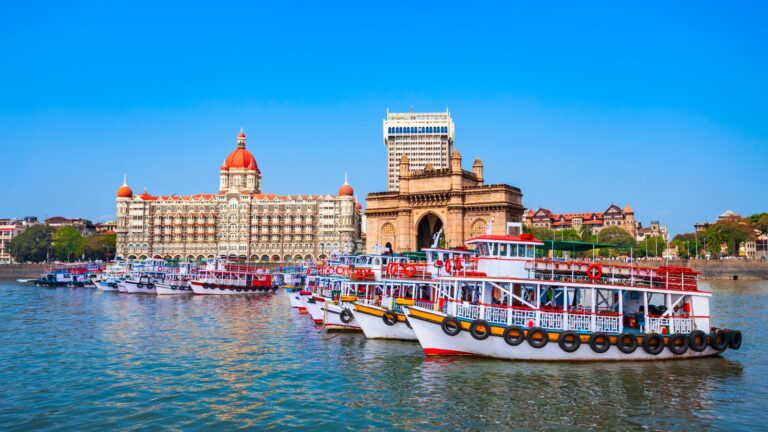
What is Chidambara Rahasyam and what it reveals about the divine
Chidambara Rahasyam, literally meaning “the secret of Chidambaram,” refers to a profound theological idea in Shaivism that the ultimate truth is subtle, formless, and present within every individual. The concept is deeply associated with the Chidambaram Nataraja Temple in Tamil…







